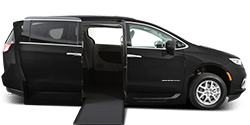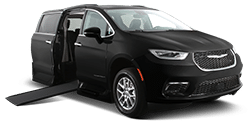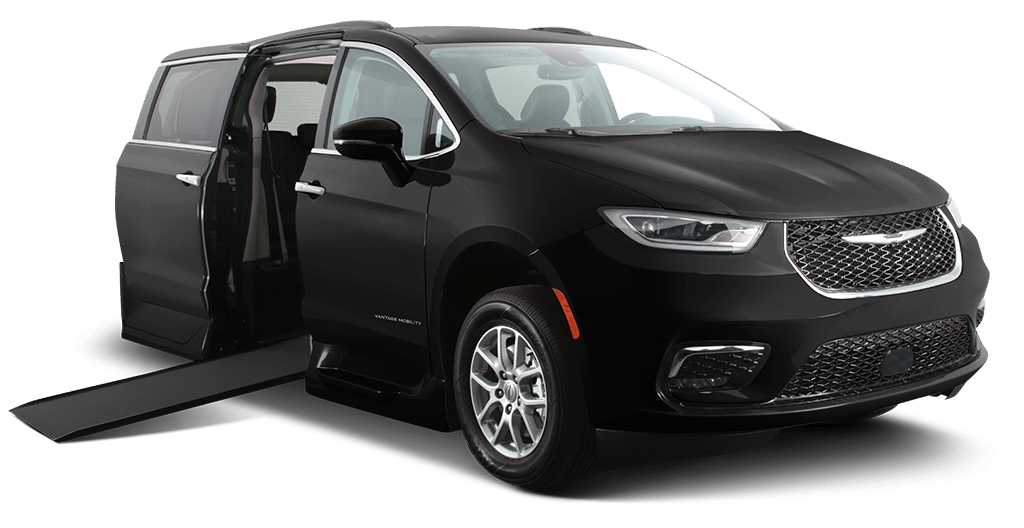Park Smart is a grassroots movement lead by VMI to raise awareness about accessible parking in an innovative way. Together, let’s have some fun while we teach people how to #ParkSmart.
At VMI, the issues and challenges that face our customers are more than just our concern; We believe it’s our responsibility to get involved. Accessible parking violations remain a huge obstacle for people who drive mobility vehicles – and we’re committed to joining the fight.
That’s why we created a deck of playing cards that raise awareness about four common accessible parking problems, outlined below. It’s a full deck, so you can play a fun game while educating players about parking smart, or you can leave a card on someone’s car that calls out a specific violation when they’re blocking access!
The Park Smart Playing Cards by VMI cover these common violations:
Unauthorized Parking: Parking in an accessible space without a placard or permit.
Although some people think this is a harmless offense, especially if it’s just a short stop, it’s definitely not. People that require accessible parking spaces, especially those with side-entry ramps, may not have an option to park anywhere else!
Expired Permit: Using an expired accessible parking placard.
Like failing to use a placard, when someone parks in an accessible space without a valid reason, they’re limiting access for people that don’t have another option. If someone still has a need, we encourage them to get their permit renewed!
Parked Too Close: Parking too close to an accessible vehicle.
When someone parks too close to a vehicle in an accessible space, it can make it impossible for a wheelchair user to enter or exit their vehicle. Accessible vehicles require at least 8 ft to deploy their ramp, either from the side or rear (often there is a sticker indicating where the ramp deploys).
Parked in Hash Lines: Parking over the hash lines in an accessible parking space.
The hash lines near an accessible parking space are there to make room for ramp deployment. It should never serve as an extra parking space, no matter how compact the vehicle. Blocking the hash lines makes the parking space inaccessible.
Below are some other important issues to keep in mind:
Abandoned Obstacles
When obstacles are abandoned in an accessible parking space or on the hash lines, it can prevent a person in a wheelchair from parking or using their ramp. Shopping carts, powered scooters and other objects should be left in their designated areas.
Street Access Blocked
In cities and communities where wheelchair accessible street parking is common, it can be a challenge for wheelchair users to find a spot where they can deploy their ramp, either onto the sidewalk or in the street at the rear of the vehicle. When trash cans are left in the way or objects like bicycles are secured to polls, they can eliminate the few accessible parking options.
Taking Van-Friendly Spots When They Aren’t Needed
Of the few accessible parking spaces that are required for public parking, only 1 out of 6 has to be van accessible for a side-entry mobility vehicle. So, for friends that have an accessible permit, but are able to park in a non-van space, leave the others for those in need!
Did you know there are nearly 4 million wheelchair users in North America alone?! There’s definitely not enough parking spaces to go around. #ParkSmart
To find out how the ADA covers accessible parking, visit this page on the ADA National Network website.
Stay connected and share the love: #VMITribe #ParkSmart





















